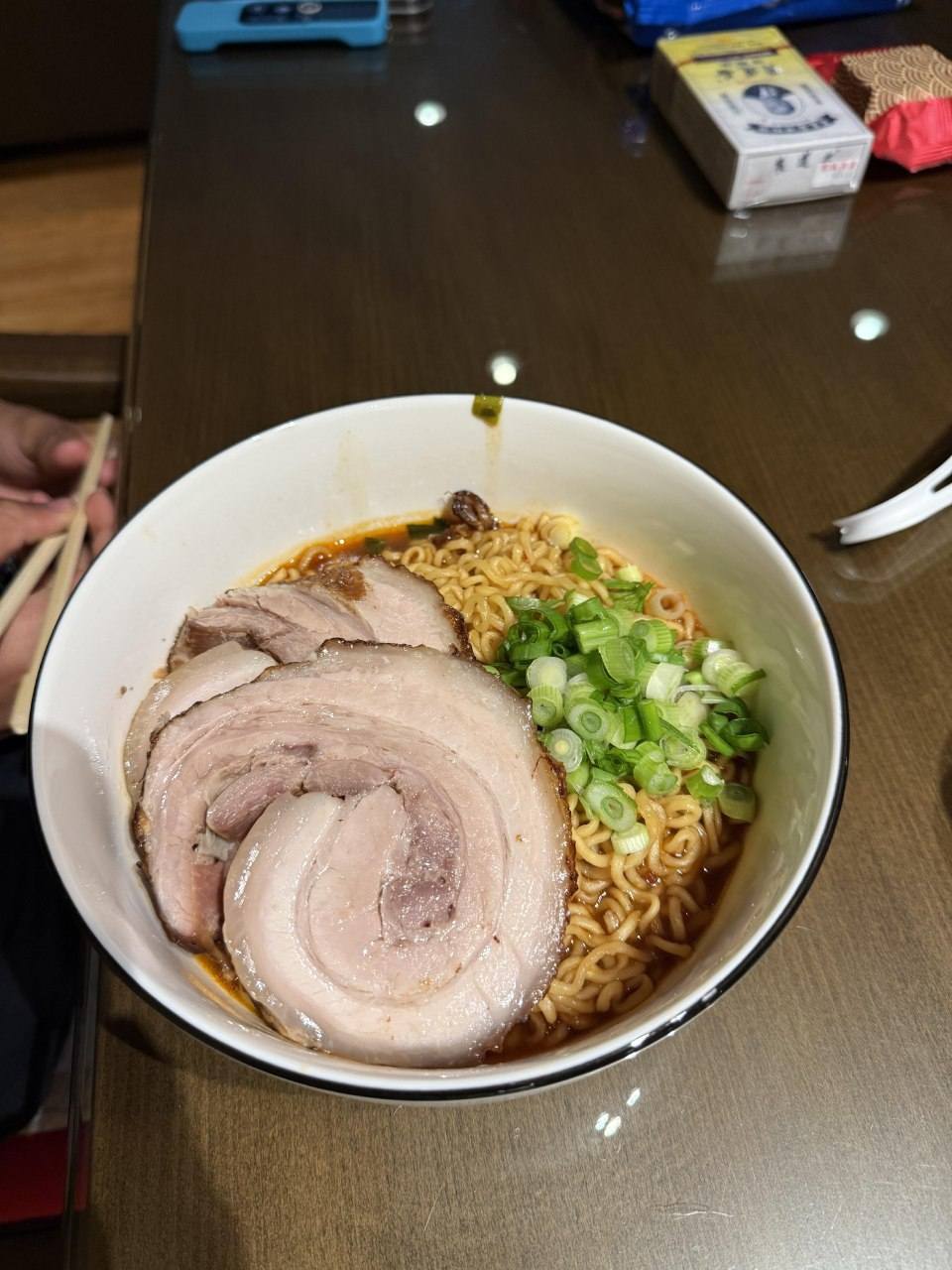ADVERTISEMENT
“Chaaaaasssuuuuuuu!!!” — this is often the joyous exclamation you’ll hear from your kids (and maybe yourself) when they take their first bite of ramen topped with this glorious pork. It’s no surprise that many home cooks and ramen lovers alike make it a point to perfect this dish and share it with their families. There’s something incredibly satisfying about creating a dish that makes everyone around the table so excited.
In this comprehensive guide, we will walk you through the process of making the perfect chashu pork for ramen at home. Whether you’re an experienced cook or a beginner in the kitchen, this guide will help you achieve that melt-in-your-mouth chashu that will make your kids and guests chant “Chaaaaasssuuuuuuu!!!” every time.
## What is Chashu Pork?
Before we dive into the process of making chashu, let’s first talk about what it actually is. Chashu is a Japanese word that refers to pork, but it’s most commonly associated with the braised pork belly used in ramen.
Traditionally, chashu is made from pork belly, which is simmered in a sweet and savory mixture of soy sauce, mirin, sugar, sake, and other seasonings. This cooking process makes the pork incredibly tender and juicy. The finished chashu pork is typically rolled into a log shape and then sliced into thick rounds, which are served on top of ramen. This method of preparation helps to create those tender, melt-in-your-mouth slices that are so beloved by ramen enthusiasts.
Chashu can also be made using other cuts of pork, like pork shoulder, but pork belly is the most common choice due to its rich marbling and ability to stay moist and tender throughout the cooking process.
### Why is Chashu So Special?
Chashu is not just another protein added to your ramen bowl. It is the flavor enhancer that adds depth to the broth, providing a savory contrast to the noodles and other toppings. The cooking method infuses the pork with rich, umami flavors from the braising liquid, and the tenderness of the meat makes each bite melt in your mouth. The combination of the sweet, salty, and umami flavors creates a harmonious balance in your ramen bowl.
But it’s not just about the flavor. The texture of well-cooked chashu is also a big part of its allure. The slow cooking process ensures that the fat within the pork belly breaks down, making it incredibly tender and juicy. When done right, it should be so tender that it practically falls apart with the slightest touch of your chopsticks or fork.
Making homemade chashu pork might seem daunting at first, but once you’ve mastered the technique, you’ll realize just how easy it is to create this deliciously indulgent topping. Plus, it’s an excellent way to make your ramen stand out from the crowd.
## How to Make Perfect Chashu Pork
Now that you understand what chashu is and why it’s such an essential component of ramen, let’s dive into the step-by-step process of making it at home. This recipe will give you a soft, melt-in-your-mouth chashu pork that will leave your family and guests begging for more.
### Ingredients for Chashu Pork
To make chashu pork, you’ll need a few key ingredients. These ingredients help to infuse the pork with that signature flavor and texture:
– **Pork belly**: About 2 pounds of skin-on pork belly. The skin helps hold the pork together while it cooks and adds a unique texture.
– **Soy sauce**: The base of the braising liquid, providing that savory umami flavor.
– **Mirin**: A sweet rice wine that adds depth and sweetness to the dish.
– **Sake**: A traditional Japanese rice wine that contributes to the overall flavor profile.
– **Sugar**: Adds sweetness and helps balance the savory flavors of the soy sauce and sake.
– **Garlic**: A few cloves of garlic will add aromatic depth to the braising liquid.
– **Ginger**: A small piece of fresh ginger adds warmth and a slight spiciness to the dish.
– **Green onions**: Used as part of the aromatics to flavor the braising liquid.
– **Water**: To adjust the consistency of the braising liquid.
Optional:
– **Star anise**: If you like a bit of spice, you can add star anise to give the dish an aromatic, slightly licorice-like flavor.
– **Five-spice powder**: For an additional layer of flavor, you can sprinkle a pinch of five-spice powder into the braising liquid.
### Step-by-Step Instructions
#### 1. Prepare the Pork Belly
Start by preparing the pork belly. If you’re using a skin-on pork belly, you can choose to score the skin lightly with a sharp knife. This will help the pork belly absorb more flavor while it cooks, and it also makes for a beautiful presentation once the pork is sliced. The skin can be left on or removed after braising, depending on your preference.
Next, roll the pork belly into a tight log shape, securing it with kitchen twine at both ends. This will help the pork retain its shape during cooking and ensure it cooks evenly.
For Complete Cooking STEPS Please Head On Over To Next Page Or Open button (>) and don’t forget to SHARE with your Facebook friends
